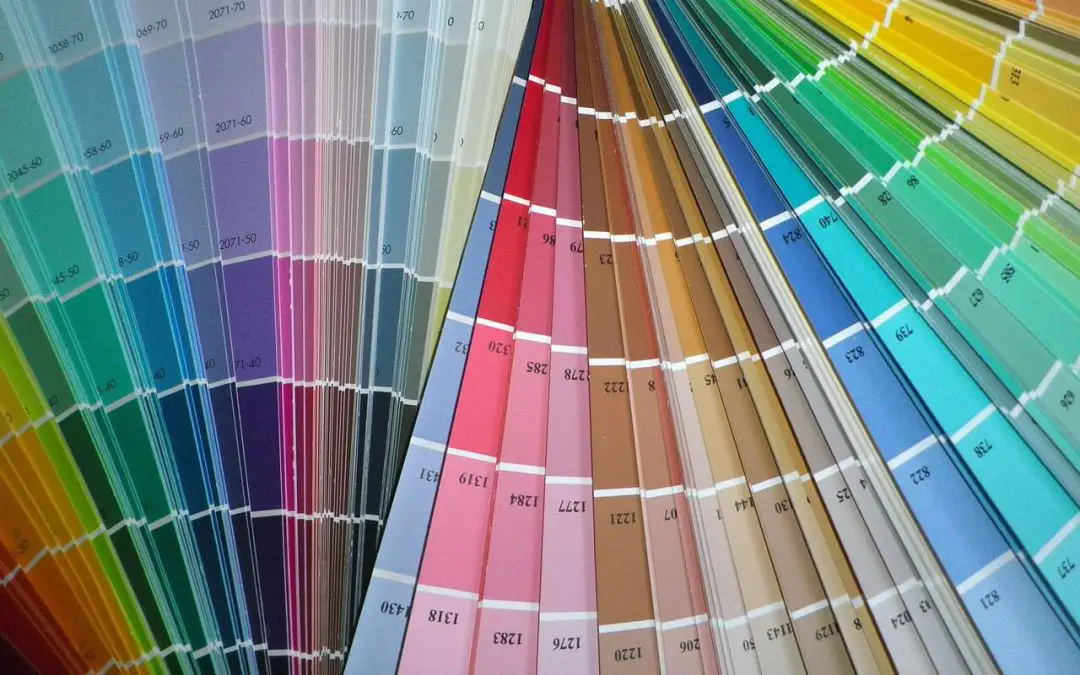Selecting the right paint for your walls helps personalize your space and transform your house into a home. With seemingly unlimited options, it is overwhelming to choose paint colors. Whether settling into a new property or revamping your current residence, here’s a guide to selecting interior paint to bring your vision to life.
How to Choose Paint Colors
Consider the Lighting
Light plays a pivotal role in how colors look in your home. Natural light showcases the true hue, incandescent lights bring out warm tones, and fluorescent lighting casts a sharp blue tone. A color might look one way in the store and completely different in your home. When choosing colors, paint large swatches on walls and observe them throughout the day to see how they change with the light.
Start With Neutrals
Neutrals are safe, versatile, and timeless. Creams, beiges, grays, and whites are superb backdrops for any room and allow you to switch up your decor easily. Neutral colors also benefit the homeowner at resale, appealing to prospective buyers as they picture their belongings and decor in the space.
Use Color Psychology to Choose Paint Colors
Colors have a psychological impact; they influence our moods and thoughts. For instance, blues can induce calmness and serenity, making them ideal for bedrooms or bathrooms. On the other hand, vibrant colors like red and yellow boost energy and foster creativity — great for a kitchen or home office.
Draw From Your Furnishings
Your furniture, artwork, and textiles can inspire the color palette for your walls. Pull colors from your favorite elements to create a cohesive look. If you have a colorful rug or statement piece of art, opt for a shade from your decor or a neutral color to allow bold features to stand out.
Take Home’s Architecture Into Account
Allow the architectural style of your home to inform your color palette. Traditional colors might better suit a colonial house, while whites or boldly contrasting colors could better suit a modern property. Honest reflections of your home’s character can establish an authentic feel.
Choose Paint Colors by Considering Transitions
Think about how each room connects to the next. The transition between spaces should feel natural. Find a color palette that works harmoniously throughout your home, or choose complementary colors to create a subtle transition from room to room.
Use the 60-30-10 Rule
For balance and consistency, follow this classic interior design trick. Use 60% of your room’s dominant color, 30% of a secondary color, and 10% of the accent color. This rule helps create a balanced and visually appealing space.
Trust Your Instincts as You Choose Paint Colors
Ultimately, your home is a reflection of your personality and style. Choose colors that resonate with you and bring you joy. If you enjoy a particular shade, find a way to incorporate it into your home to align with your aesthetic preferences.
Choosing interior paint colors is a personal and creative process that will influence your home’s overall vibe. Paint isn’t permanent, and it’s okay to take risks. With these tips in mind, you’ll be on your way to creating spaces that feel uniquely yours.
FAQs
Can I use online tools or apps to help me visualize paint colors in my home before deciding?
Yes, online tools and apps allow you to upload photos of your room and digitally apply different paint colors to see how they would look in your space.
Are eco-friendly paint options available for indoor air quality concerns?
Many paint manufacturers offer low-VOC (volatile organic compounds) paint options, emitting fewer harmful chemicals into the air. These paints are great for environmentally conscious homeowners or those with sensitivities to paint fumes.
How do I determine the best sheen or finish for my paint color?
The sheen or paint finish affects its appearance and durability. Flat and matte finishes are ideal for concealing imperfections on walls. In contrast, glossier finishes like satin and semi-gloss are easier to clean and more durable, making them suitable for high-traffic areas like kitchens and bathrooms.
What should I do if I’m repainting to cover bold or dark colors?
Before painting over bold or dark colors, use a primer to block out existing paint colors and provide a smooth base for new paint. A coat of primer ensures your new paint colors appear true to their intended shade.
Can I incorporate textures or finishes into my paint color scheme to create depth and interest?
Yes. Experiment with textured paint finishes like suede or metallics to add dimension to your walls or create visual interest. You can also use techniques like color blocking or ombre effects to introduce variation within your chosen color palette.
Blackbird Home Inspections provides comprehensive inspections to homebuyers and sellers in Central Arkansas. Contact us to schedule our services.

